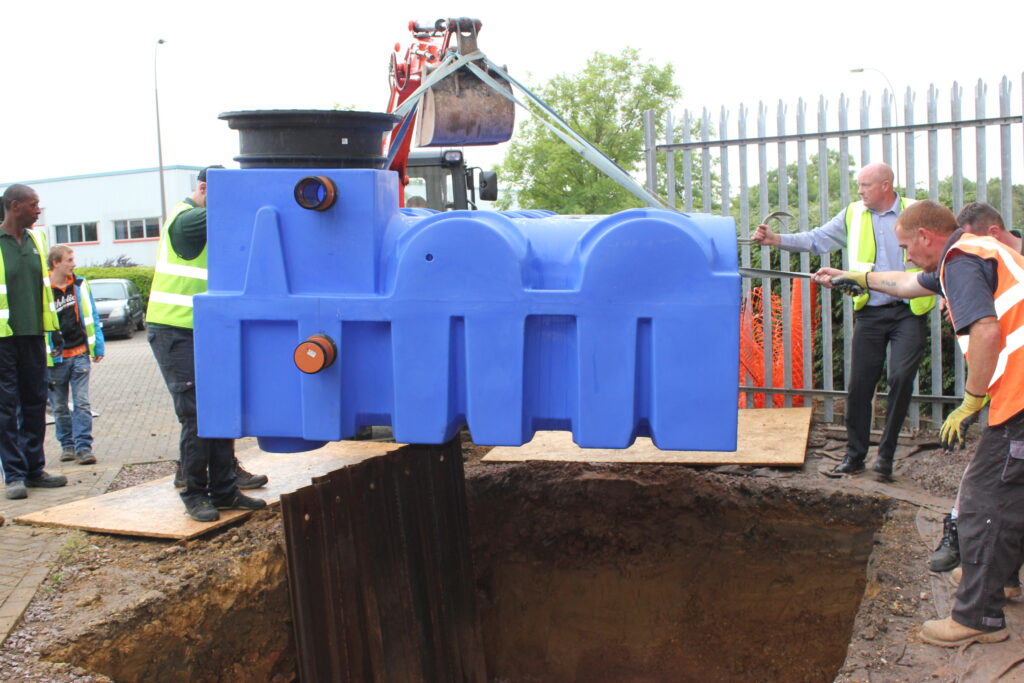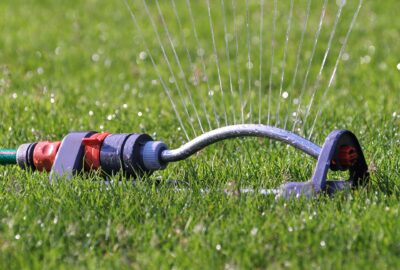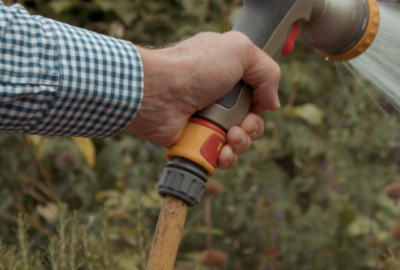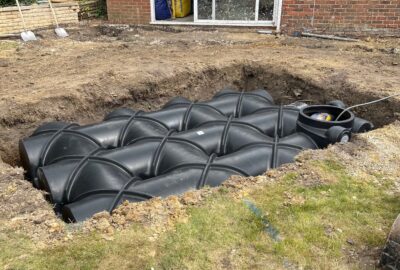Information
Shallow vs deep dig – Considerations when installing your rainwater harvesting tank
There are a number of factors to consider when deciding on a shallow or deep dig for the installation of your rainwater harvesting tank. For example, a shallow dig is a great option if you want to minimise the depth of excavation work, while on the other hand, a deep dig will reduce the overall tank footprint. In this guide, we’ll take a look at all of the major considerations, starting with the basics.
Why is it important to think about shallow or deep dig before purchasing a rainwater harvesting system?
When you’re deciding on a rainwater harvesting system, it’s wise to consider what type of installation you can accommodate. This is because access restrictions and underground utilities might make a deep dig impossible. You might also want to avoid potential damage to garden or pathway areas caused by the heavy plant machinery that’s needed for a deep excavation.
What is a shallow dig installation?
A shallow dig installation is essentially when you only need to dig a hole around a metre deep for your underground rainwater harvesting tank, rather than a few metres or more. The exact depth of a shallow dig will depend on the tank you choose, but generally this can be done by hand, rather than by machine. For example, our F-Line 1500 system only requires a pit 1.15m deep.
What is a deep dig installation?
A deep dig is when you need to dig a significant pit to completely bury your rainwater harvesting tank. An underground tank requiring a deep hole will typically be taller and you’ll need a mechanical digger to achieve the right depth, which increases overall project cost. However, deep digs do give you the option to install a larger capacity tank.
Plant machinery costs - shallow vs deep dig installation
A shallow dig generally doesn’t require heavy equipment or a licenced operator, and can be done by hand. This is an important factor when considering the cost of installation, access to site, and potential damage to the surrounding area. If your site access is limited, for example you’re installing a tank in your back garden and only have a narrow side passage, then you won’t be able to get plant machinery on-site. This makes a shallow tank, hand-dig install your only option.
It’s not all doom and gloom on deep digs when it comes to plant machinery. Yes, you’ll need a digger on-site, so you have to factor in the cost, access and damage factor, but using machinery can get the job done quicker, meaning less overall time on-site and potentially less disruption.
Removal of spoil from site
Whether you’re installing a shallow dig or deep dig rainwater harvesting tank, you’ll need to remove the surplus earth from your site afterwards. On a shallow installation, the overall size of the hole you need is smaller, so there’s a lot less earth that needs removing compared to a deep dig.
Removal of earth takes time and will need to be done by a licensed professional, both of these factors add cost to your install – the more earth to remove, the greater the cost. There’s also the matter of where the surplus inert is placed while it’s waiting to be collected. Whether your tank is going in your garden or your company’s car park, this can cause disruption at best, damage at worst.
Health & Safety implications - Supporting the sides of your trench
With a shallow dig, such as the kind needed for our F-Line system, there’s no need to sure-up the sides of your excavation. Our F-Line actually requires up to 70% less excavation than an equivalent sized deep dig tank! On a deeper excavation for a larger tank, you would need to support the sides of your trench, adding time and cost.
It’s important to note that, while the HSE offers no specific depth at which a trench should be supported from a worker safety point of view, they do say that ground and weather conditions, and surrounding work activities need to be considered, whatever the depth.
Higher water table areas
If you live in an area with a high water table, meaning you don’t have to dig down far to find saturated soil, then a shallow dig tank is a great option. A shallow trench means less underground water to pump away during installation (less hassle, less cost), and crucially fewer considerations around the impact of your high water table on the tank once it’s buried.
With a shallow dig installation, your tank simply won’t run the risk of floating up and breaking through the surface, compared to a deep dig.
Ongoing maintenance - shallow dig vs deep dig
While you shouldn’t have any problems with a professional installation of a WRAS certified system, repairs may be needed at some point in the future. In this situation, access to the tank structure and ancillary pipes is much easier with a shallow dig installation, than a deep dig installation.
With digging to access the entirety of a shallow install being able to be done by hand, rather than by machine, the chance of additional damage is also minimised. The cost of the work is also lower, as plant machinery isn’t needed.
Shallow dig vs deep dig - get expert advice
Hopefully we’ve given you some insight into what you need to consider when choosing between a shallow or deep dig installation. Bottom line is, shallow offers a lot of cost, time and disruption savings over deep dig, but deep dig will give you more capacity.
We’re here for you with advice and guidance on your rainwater harvesting plans, get in touch to speak to a member of our expert team.










Leave a reply